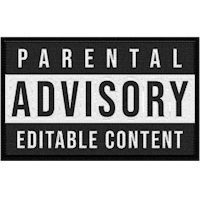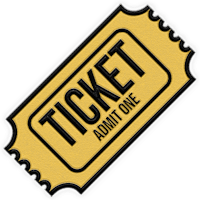For sales enablement to succeed, it should tell a compelling story — yours! Whether creating presentations or sales decks, case studies, or brochures, make sure your message is clear, compelling, and easy to grasp.
A few rules to follow
Give them what they want: People reading your sales materials want answers. Be efficient and give them the info they came for (not the info you wish they came for). Also understand where they are in their understanding of your company and product or service, and what will be most valuable for novice and advanced audiences.
Keep it simple: Attention spans are short. Don’t overwhelm potential customers with niche features or the entirety of your catalog.
Just show the good stuff: No one wants a complicated sales pitch. Stick to the talking points that impress the most.
Make it easy to navigate: Imagine how your user is going to navigate your site. Make it easy for them to jump to the specific content they are looking for, while also being able to see the other topics covered in this experience.
Be visually consistent: A standard set of buttons, text sizes, colors, and alignment makes it easy for users to understand how to engage with your interactive content. Make the most important features the most attention-grabbing (i.e., the darkest button on the page should be used for the main goal or CTA).
Scrap the scroll: You don’t want users or presenters to have to scroll up and down to see the content. This will increase the odds they’ll drop off (or lose their place when presenting). Keep it above the fold if possible.
The steps to getting started
Craft your pitch: What’s the one thing you want potential customers to walk away knowing about your offerings? What will convince them that you are the best partner? The answer should frame this experience, and help determine the format.
Determine your format: Think about how this material will be consumed (will a salesperson walk customers through it? Will this help a customer choose one of your products?)
Determine your audience: Remember, don’t try to be all things to all people. Select your most important audience, and pick the selling points that will convince them.
Gather the “goods”: Make a list of your top selling points/products/features. Use this as the basis for your outline. Be picky — just highlight the most convincing and impressive parts.
Write an outline: Now that you have a concept, and a list of selling points, creating an outline should be fairly straightforward. If you’re struggling with how to visualize your experience, try getting out pen and paper and sketch some ideas.
Cut the fat: Once you’ve written your copy deck, go over it with a ruthless eye and trim it of anything that doesn’t have value.
Test it: Give the final experience to colleagues and friends (try getting someone not familiar with your product to give it a look). This will help ensure the navigation and messaging are clear and convincing.
















